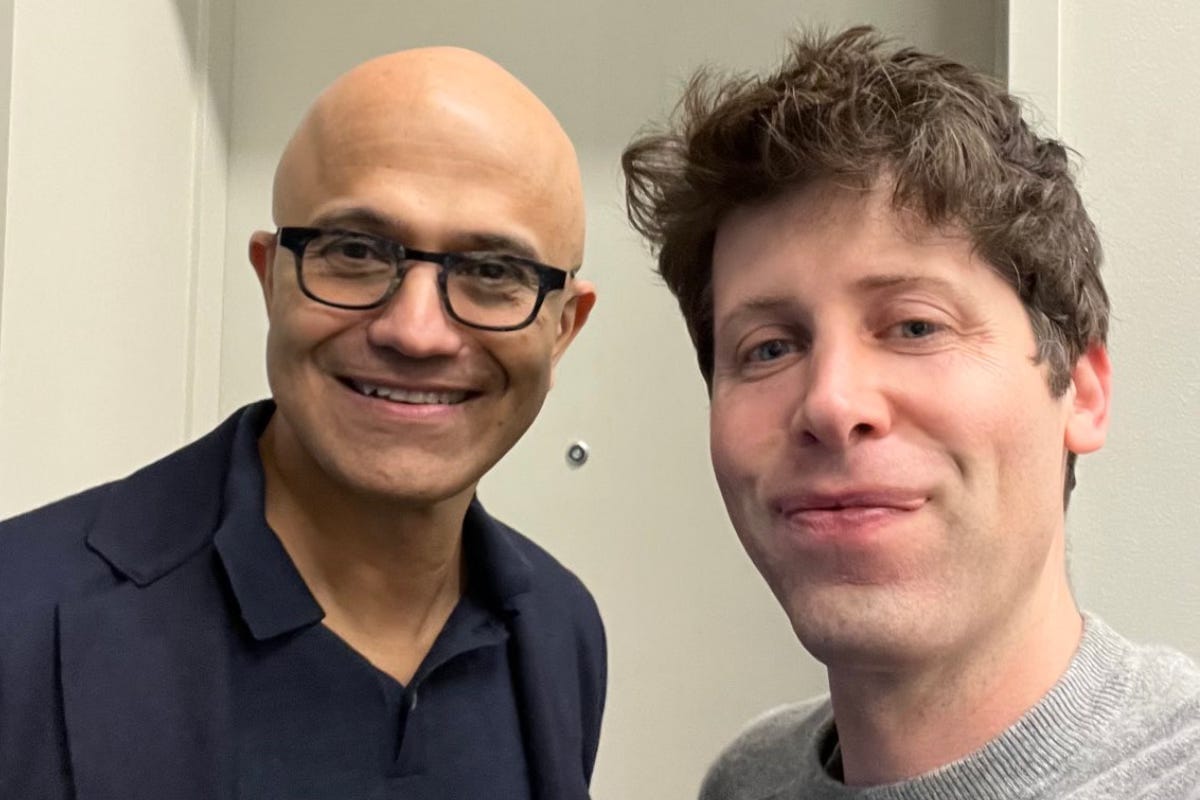
When news broke on Friday that OpenAI’s board had ditched CEO Sam Altman for what it called his failure to be “consistently candid in his communications with the board,” it’s fair to say that people following Silicon Valley were shocked. Immediately rumors started swirling about the reasons for Altman’s firing, the resignations that followed, and the internal clash over whether to welcome him back and gut the board in the process.
While I could recognize what was happening at OpenAI was newsworthy, I really didn’t care about the boardroom intrigue. Altman and the waning AI hype cycle are just not as compelling to me as other things going on in the industry. I might cover tech from a critical angle, but I’m not obsessed with Silicon Valley and its every happening like some other people who follow it. Yet that changed around midnight Pacific time.
Roundup: Sam Altman is out at OpenAI
Hours earlier, OpenAI had announced the board chose former Twitch CEO Emmett Shear to head the company — a decision that may yet blow up in their faces, as Shear’s controversial tweet history is already making the rounds online. Shear’s hiring meant Altman would definitely not be returning to OpenAI, and it didn’t take long for us to learn what he’d be doing instead.
To cap off the weekend, Microsoft finally took control of the narrative after having been blindsided by OpenAI’s ouster of Altman. Microsoft’s deal with OpenAI was not just about its technology, but it surely saw the relationship with Altman as an asset in itself — and one it wanted to preserve. So, as Sunday turned to Monday, the news dropped that Altman wouldn’t be spinning up a new AI company after all. He’d be joining Microsoft with fellow OpenAI cofounder Greg Brockman to head up its new advanced AI research team.
Now that’s intriguing. And presents a whole host of reasons for concern.
The evolution of OpenAI
Before digging in further, let’s get a little refresher on the context of all this. OpenAI was launched in 2015 with $1 billion chipped in by Altman, Brockman, Elon Musk, Reid Hoffman, Jessica Livingston, Peter Thiel, Amazon Web Services (AWS), Infosys, and YC Research. Ilya Sutskever was named research director, and he’s the person who ultimately kicked off Altman’s ouster just days ago.
OpenAI was a non-profit with the directive to “advance digital intelligence in the way that is most likely to benefit humanity as a whole, unconstrained by a need to generate financial return.” In short, it was motivated by what I would call a conspiratorial idea that computers are about to eclipse humans and pose a risk to our future if the machines decide to oppress us or turn us into paperclips or something silly like that. OpenAI was a response to those sci-fi-inspired beliefs, supposedly aiming to do open research that would minimize the risk of the arrival of what they call artificial general intelligence, or AGI.1
Fast forward to 2018 and things were getting contentious. In February of that year, Musk left the board, citing a conflict of interest because of Tesla’s work on self-driving cars. But reporting from earlier this year revealed that wasn’t the whole story. Musk believed OpenAI was falling behind its competitors and wanted to take over the company. The other cofounders disagreed, which led to Musk’s departure. He’d promised to provide OpenAI with $1 billion in funding, but halted the payments after he left, leaving them short $900 million as server costs escalated.
The following year, OpenAI started trying to shake off some of the restrictions that came with non-profit status as it sought more money to expand its ambitions. The company set up a “capped” for-profit arm and Altman became CEO to shepherd it into its new phase. By July, the pivot was bearing fruit. OpenAI announced a partnership with Microsoft, getting $1 billion of funding in exchange for making Azure its exclusive cloud provider and developing AI tools for the Azure platform.
The partnership was formed long before this current AI hype cycle, and after the last one had faded. It was strengthened in 2021, and once AI became the next big thing in late 2022, Microsoft and OpenAI tied the knot even tighter. In January 2023, Microsoft announced a $10 billion investment in OpenAI as it was releasing a host of wildly hyped generative AI tools that Microsoft wanted to start stuffing into every facet of its business to keep investors happy. A year earlier, it was echoing Meta’s suggestion the metaverse was the future. Now that was being quietly abandoned as AI tools were rolling out everywhere.
Back in February, I argued ChatGPT wasn’t actually a threat to Google. Instead, the attention the product received and the narrative of the threat it posed to the incumbent gave Google permission to accelerate its deployment of AI for its own ends without having to fear much regulatory scrutiny on that part of its business. That’s basically what happened, as Bing never actually took market share from Google. But the same was true for Microsoft, just in a slightly different way.
How Microsoft benefits from OpenAI
The deal Nadella signed with OpenAI nearly five years ago paid off in ways he could have hardly predicted, especially because it set Microsoft up to reap the rewards of the new AI boom without having much to fear from regulators. The partnership allowed Microsoft to look like it was just working with another company and responding to competitive pressures instead of trying to dominate yet another piece of the tech economy as it rolled out generative AI tools through its product line.
OpenAI could theoretically still work with Microsoft’s competitors, while Microsoft got some influence over OpenAI without even having a board seat. Since the deal, Microsoft employees have reportedly complained that the company decreased its in-house AI spending and left them without access to the inner workings of OpenAI’s tech. But that worked just fine for Microsoft because it has grander ambitions.
Generative AI might be transformative or it might be another flash in the pan. Either way, the partnership with OpenAI still gave it an advantage over AWS and Google to drive customers to its Azure cloud platform because all those AI tools require a lot of computing power — and that’s really what Microsoft wants to sell people.
Remember, Microsoft basically missed the opportunity to dominate the web and the transition from desktop to mobile. It doesn’t want to miss out on whatever’s coming up next, and desperately wants to tie people into ongoing subscriptions so the money’s always flowing. All the attention of AI has given it a distraction from the massive data center buildout it’s engaged in as it seeks to capture market share.
AWS is still the leader in cloud computing, but Microsoft is making important gains. Microsoft’s market share is double the size of Google’s and it’s been growing in recent quarters. Last month, Microsoft reported its Intelligent Cloud division earnings were $24.26 billion, up 19% year over year, while Azure revenue (which is under that division) was up 29%. Its operating income of $11.7 billion was also far more than its rivals, while Google’s cloud division missed its revenue estimates.
But a potentially even bigger part of that story is on the investment side. Microsoft’s first quarter capital expenditures hit $11.2 billion, even as its previous quarter’s $10.7 billion outlay was already its largest since fiscal 2016. The company is on track to spend more than $44 billion on capital expenditures this fiscal year alone — and a lot of that is going into a massive expansion of its data center network.
Microsoft’s data center ambitions
Microsoft claims its data center network consists of more than 200 physical facilities across 60 “regions” linked up by over 175,000 miles (282,000 kms) of cable across land and sea — but it’s only getting started. Over the past year, the scale of its expansion plans have become clearer and it poses real risks.
In recent months, Microsoft has announced plans for 9 new data centers in Australia, 6 data centers in Malaga, Washington, 3 data centers in Greece, an additional 3 around Hyderabad in India, and a new data center region in Saudi Arabia which received criticism from human rights groups. But that’s not the only opposition the company’s faced. Microsoft’s data center projects have been the center of controversy in Chile, the Netherlands, New Zealand, and part of the United States, often because of their high water and energy use.
At the end of last month, Microsoft also quietly rolled out its first Azure region in Israel, even as the country’s army was stopping food, medicine, and fuel from entering Gaza and engaging in a bombing campaign that’s taken an unfathomable number of civilian lives in such a short time. The company had few qualms about moving forward with it.
Microsoft has largely escaped the ire of regulators and competition authorities over the past couple years as Amazon, Meta, and Google have been in the crosshairs, but where it has faced scrutiny, it’s tended to be over the company’s powerful position on cloud services. I would argue the past year of AI hype helped distracted from those concerns, though they’re beginning to coming back into view. Amazon is even funding advocacy groups aimed at causing trouble for its competitor and stopping Azure from winning lucrative government contracts.
Look beyond the boardroom drama
In his announcement of Altman’s hiring, Nadella wrote that Microsoft would be “moving quickly to provide them with the resources needed for their success” as they spin up a new AI team. It remains to be seen if that will get regulators to start looking more closely at what Microsoft is up to on AI and cloud infrastructure.
Government officials have been too quick to buy the narratives of AI CEOs that distract from the real problems with the technology and how it’s being used in the present. I’m not convinced that’s going to change anytime soon. Just as the pressure for crypto regulation diminished when that bubble burst, the same will likely happen with interest in AI regulation as the hype dies down too — something I think we’re already starting to see.
The ChatGPT revolution is another tech fantasy
Nadella also says the relationship with OpenAI will be maintained and that he looks forward to getting to know Shear, but that’s worth a bit of skepticism too. The Altman ouster has already caused some key resignations, and I wouldn’t be surprised if more people at the company jump ship in the coming weeks and months, especially as Altman puts together his new team at Microsoft. Even though Microsoft signed a $10 billion deal with OpenAI earlier this year, reporting by Semafor suggests not much of that money has actually been paid yet.
Microsoft has played its hand masterfully during the past year of AI hype, and now it even has the face of the generative AI boom. That’s sure to further excite investors, but we can’t get distracted by the boardroom drama. There are much deeper concerns centering not just on Microsoft’s massive ongoing data center buildout, but in the ideology or business model that drives it.
Ultimately, Microsoft is incentivized to increase the amount of computing power we use as a society. It doesn’t matter whether we actually need more computation to make people’s lives better because the real goal is simply to capture greater market share, generate more profit, and please shareholders who want a return on their investment. But rolling out those AI tools and building out the data centers that power them have consequences, including a significant and growing burden of water consumption, energy use, and e-waste production.
Is the world Microsoft and Sam Altman are trying to build really the one we want? It’s time to start asking much deeper questions about what powerful people in the tech industry are doing to our society and coming up with a better vision for our future. That’s certainly not something AI will ever be able to do.
- Something that, to be absolutely clear, does not exist and that the current wave of AI hype will not deliver, despite all the rhetoric designed to make us fear otherwise. ↩

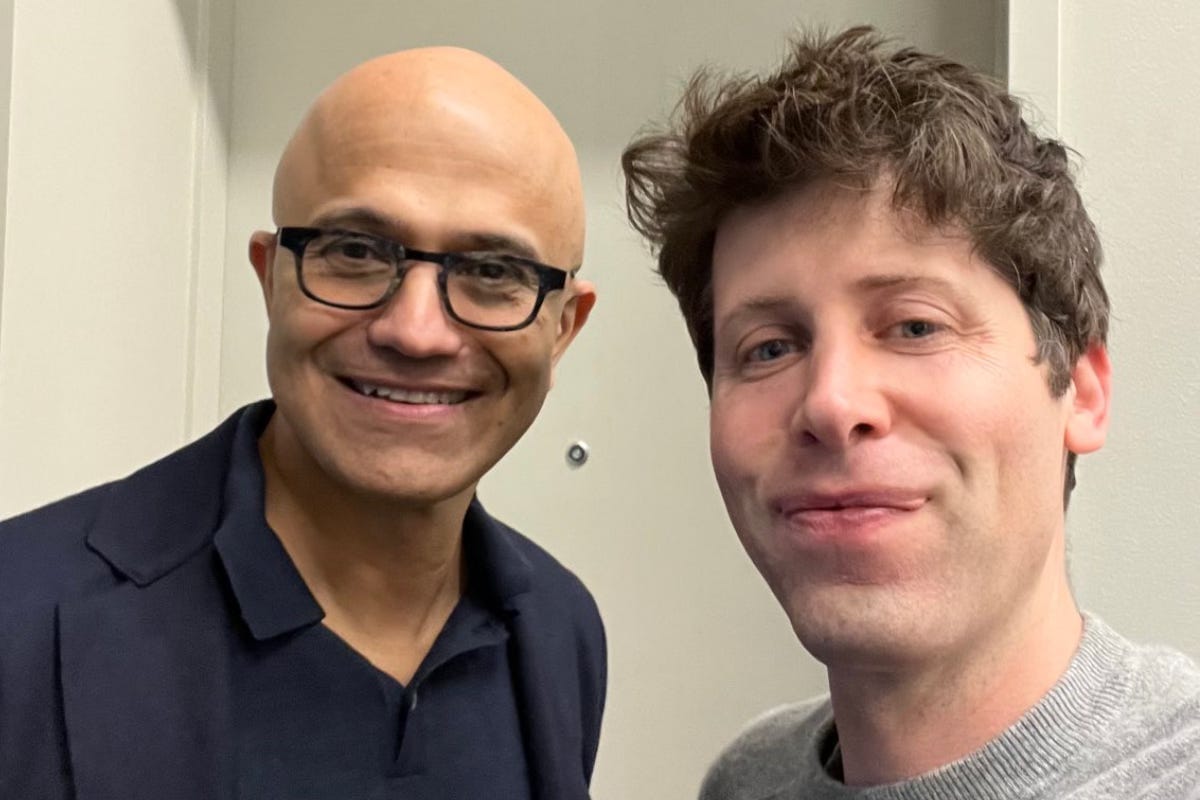



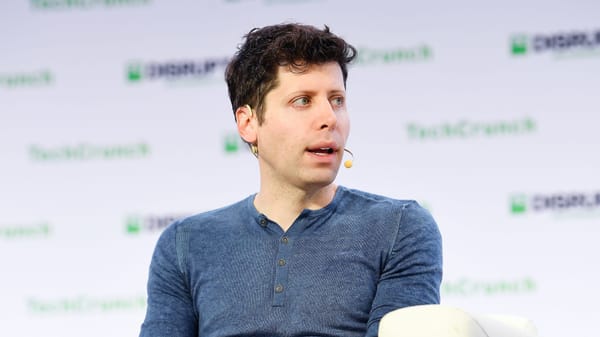
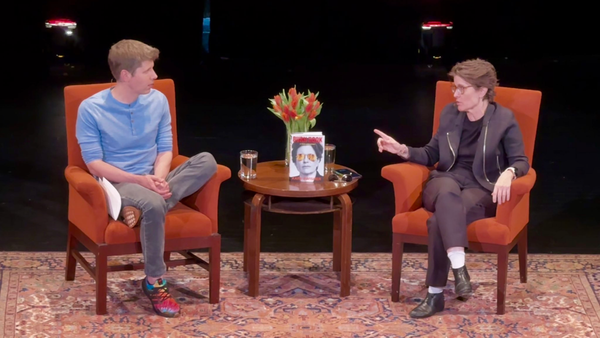
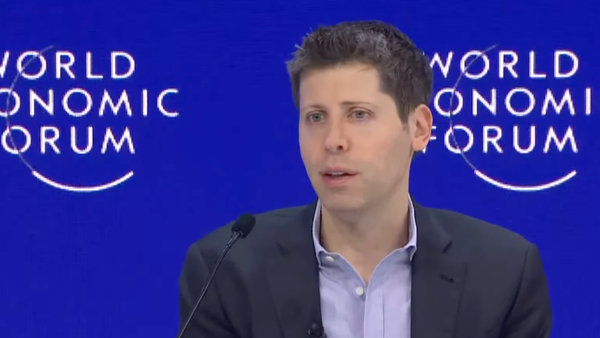
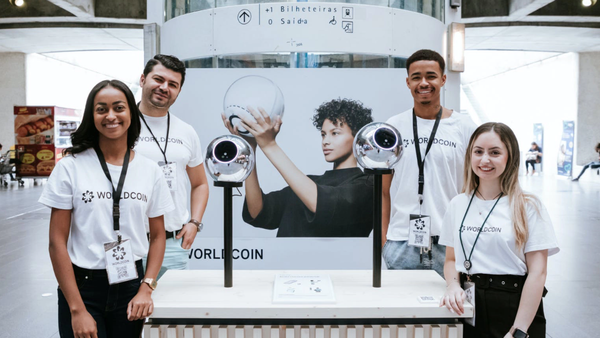

Member discussion